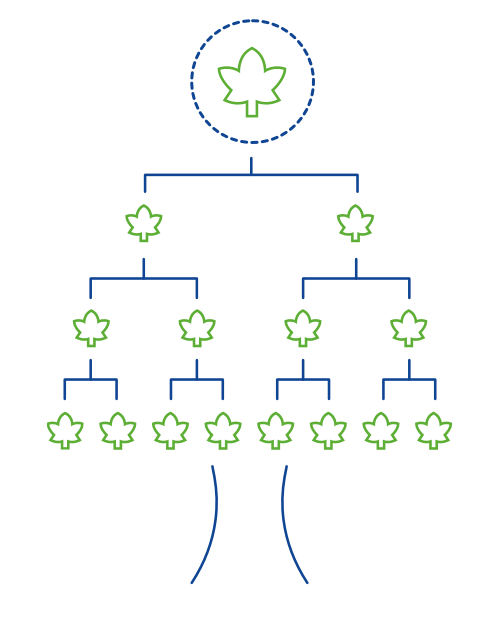
WHAT IS IMPORTANT?
On the first day, all participants share relevant insides and information, creating a shared knowledge base and mindset. This day is about gaining a common understanding of the status quo and the potentials of innovative technologies and processes. To get everyone to understand the status quo in its overall context and the opportunities that lie ahead, you should invite the problem owners as well as experts on micro- and macro topics to give lightning talks representing a set of different viewpoints. Based on our common understanding, we then can define a clear target for the design sprint and list specific problems to tackle.
METHODS
Wallet Project
To become familiar with the situation, we want to shed light on the different points of views. A good way to understand a different point of view is by putting ourselves in the shoes of others. Find a partner and impersonate a fictional person that is affected by the given problem.
Presentation of Key Digital Technologies
For example methodological introductions on Digital Platforms and Artificial Intelligence with Best Practice.
Hypothesis Tree
Creating a hypothesis and discussing it with your team is a great way of getting the conversation started.

HOW TO MANAGE YOUR TIME?
15:00 –15:30 Welcoming and reception
15:30 –16:00 Presentation of the problem statement and the goals
16:00 –16:45 Presentation of key digital technologies
16:45 –17:15 Break
17:15 –18:00 Wallet Project
18:00 –18:30 Hypothesis Tree
18:30 –19:00 Closing
WHO PARTICIPATES?
Different stakeholders are invited. The team should consist of a core team, internal experts and external experts. This should shed light on the financial side and organisation, the prototyping and the technology as well as the potential customers. On this day, all participants of the design sprint should be present.